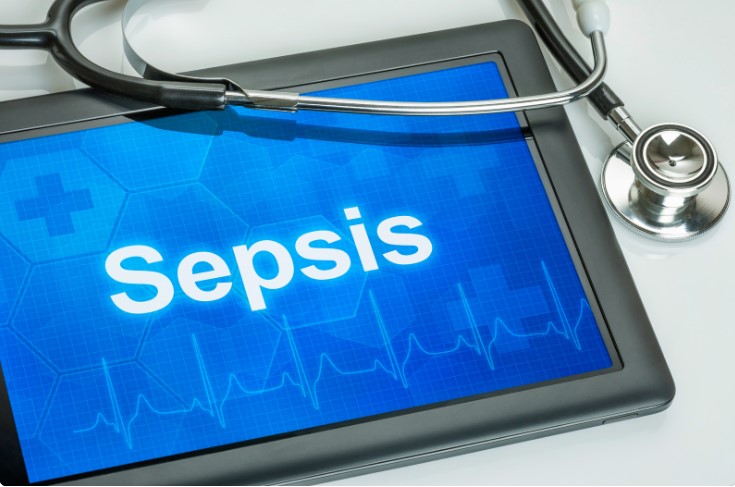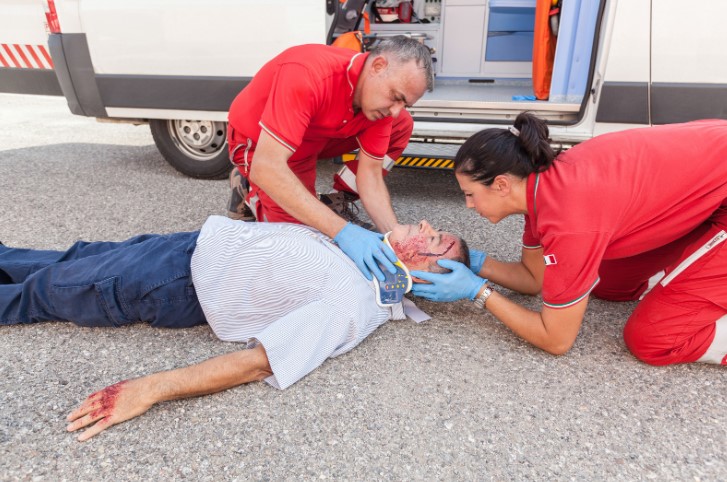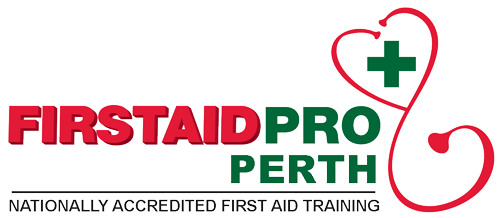First Aid Kit Checklist: A well-stocked first aid kit is a handy thing to have to be prepared for emergencies that don’t require a trip to the emergency room.
Creating a first aid kit is as simple as putting together some basic items in a container that you can keep in your car or store at home. It can be large or small and should contain every possible item that you and your family will need in case of an emergency.
Here we have compiled a comprehensive first aid kit checklist to make sure you have everything you need on hand.
Top 10 First Aid Kit Items
Here are the ten absolute must-have supplies you should add to your first aid kit.
1. Plasters (Bandages)
Plasters and band-aids are frequently used in medical situations. Make sure your first aid kit has plenty of bandages in various sizes.
2. Gauze
Gauze is a jack of all trades in wound care. It can be used to apply pressure to an open wound, clean an injury, soak up blood, and help stop the bleeding. Gauzes can also serve as a basic dressing for small to medium wounds.
3. Medical Tapes
An adhesive medical tape is used to hold dressings in place or hold the loose ends of bandages. It is also necessary for procedures where you need to tape fingers or tape together.
4. Antiseptics & Cleansers
Every first aid kit should contain antiseptic wipes and alcohol for cleaning and sterilizing the wound and the tool used. It is recommended to use these items before and after performing first aid treatment to ensure the safety of both the responder and the victim.
5. Sterile Gloves
Gloves provide added protection for both the victim and responder while treating open wounds by ensuring there is a germ-free barrier between the two.
6. Medications
A first aid setup is not complete without the necessary medications. Add the following to your list: Acetaminophen (like Tylenol), Ibuprofen (like Advil), Aspirin, Calamine lotion, Hydrocortisone cream, and Antibiotic cream.
Include a list of each family member’s prescribed medications, such as insulin, asthma inhalers, heart medicine, and allergy medicines.
7. Tweezers
Tweezers often come standards in most store-bought kits. They are useful in pulling out splinters, getting out debris when cleaning out, and a number of other practical uses.
8. Scissors
Scissors are obviously useful for trimming gauzes or bandages to the right size. The blunt tip also helps remove dressings for changing, which reduces the risk of infection.
9. Cold Packs
Cold packs or instant cold compresses are used as initial treatment for sprain, strains, bumps, and bruising. Hold the ice pack in place for at least 10 to 15 minutes to help alleviate the pain and reduce swelling.
10. First Aid Manual
A first aid kit needs a quick reference guide or booklet for those who lack first aid knowledge or those who forgot what was taught during the training.
A one-time training does not guarantee a lifetime of sharp first aid skills and knowledge. First aid refresher courses are suggested.
Get First Aid Training
Keep your first aid kit current by checking the expiration dates on each item. Keep a list of contents to help keep track of each supply, and be sure to replace outdated ones.
You have an option to buy a store-bought kit in your local pharmacies or build one on your own. Whatever you decide to go for, go through the items and make sure you know how to use them.
Consider taking a first aid course to know proper emergency procedures and how to use these items to save lives.
Visit The First Aid Course Canberra for more deals or contact us at (08) 8382 4677 to learn more about our classes.








